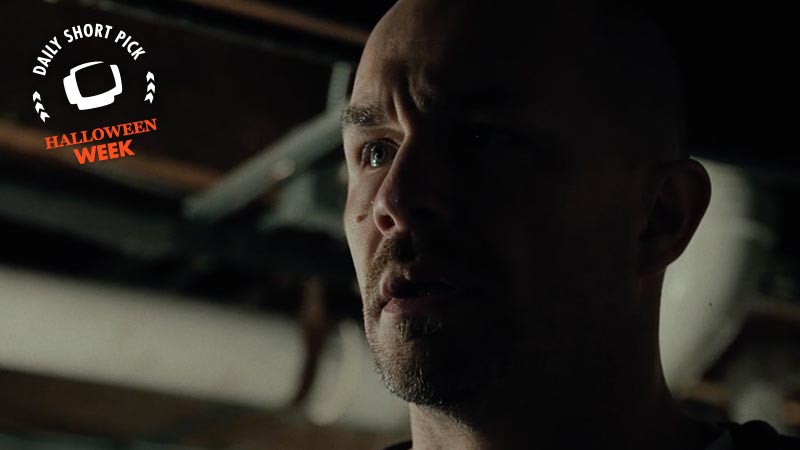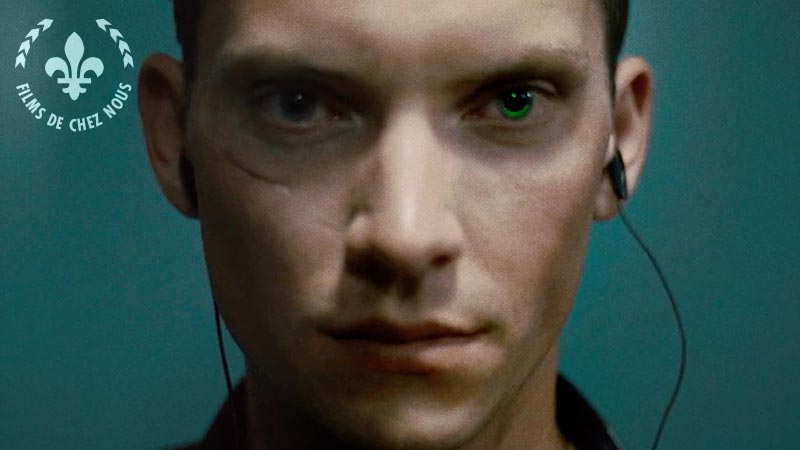Inspired by Dante Alighieri’s mystical “Divine Comedy”, the story narrates the metaphorical journey of Orfeo, young wanderer in search of his realization in the society, in the background of a Europe dominated by crisis and uncertainties.
Dante’s poetry is deeply embedded into Italian culture, so what steps did you take to adapt the 14th-century story to a modern one?
Dante’s “Divine Comedy” is definitely a representation of 14th-century Italian society, but it goes beyond that. It is first and foremost the description of the journey of a man through the human soul. That is what inspired us and what we tried to represent through our modern perception.
Dante’s journey has clear steps: it starts with the descent to the bottom of human anguish and misery, and follows the rise to a novel wisdom and awareness. We used this structure to guide us through the journey of our protagonist Orfeo, and then departed from that. Orfeo in facts lives the condition of the Western contemporary youth: on one side, the difficulties of understanding its space in the modern society, on the other, the quest for its own individuality, in a more and more globalized world. A delicate balance in a time that is now experiencing a deep crisis of values and a redefinition of traditional power dynamics. The fact that we were producing a short film and we were therefore time-constrained forced us to be very allegorical in the representation of the characters and scenes.
What inspired you to dig so deep into history?
Personally, I have always been very fascinated by the classics and their influence on contemporary thought. Works like the “Divine Comedy” or Holderlin’s “Hyperion” (another important inspiration for the short film) are multi-layered and can be read in incredibly vast ways. In particular, the themes explored by Dante’s poetry are universal and transcend human culture, history, or religion: the fact that this piece of literature is still relevant today and can influence the modern view demonstrates the vastity of his oeuvre.
I believe there is a lot that can be learned from these classical works, which connect us to our collective memory and give us privileged tools to read our present – something even more important in a moment of disenchantment and disorientation like the one we are living through now.
How did you identify the film’s visual style with your Director of Photography?
When I started to discuss with the Director of Photography [Guglielmo Trautvetter], we immediately agreed that our main goal was to recreate a specific look and feel for each of the three “stages” – Hell, Purgatory and Heaven. The visual look of the film, therefore, had to follow the journey of the protagonist and became a critical narrative element.
We decided to have a key color dominating each scene in a way that could both fit the urban setting of the story and enhance its symbolism: in this aspect, the photography of Gaspar Noè and N.W. Refn was definitely an inspiration for us. We discussed a lot to have the lighting, the editing, and the movement of the camera all conveying the same impression to the audience, starting from the highly contrasted and suffocating scenes of the opening to eventually reach the lighter and smoother tones of the ending. All in all, we tried to play with the elements of each scene, i.e. by making diegetic lights an integral part of the set, while experimenting with a style that was new for both of us.



